Steph W. from SEOPressor


...help you check your website and tell you exactly how to rank higher?


90
score %
SEO Score

Found us from search engine?
We rank high, you can too.
SEOPressor helps you to optimize your on-page SEO for higher & improved search ranking.
By jiathong on May 8, 2019

The reason you want to write for SEO is that you want to be more visible in the Google search ranking and get more readers to your work. While search engines are constantly looking for what people want to read in order to rank them higher.
So writing for SEO is getting that nuance, striking that perfect balance of being easily understandable for search engines and still maintaining good content that people would want to read.
So how do you do that?
Your keyword is the key focus of your content.
Keyword research is the first step for any SEO writing.
And if no one is interested in what you want to talk about, then no matter how good the statistics of the keyword looks like, in whichever tool you use, that’s not gonna be a good keyword.
The 3 main things that we’re looking for during keyword research are…
There’s a bunch of tools out there that are giving you statistics showing you which keyword is better than another.
The most basic and accessible keyword tool gotta be the Google Ads Keyword Planner.
All you need is to create a free account on Google Ads and you will have access to their Keyword Planner function.
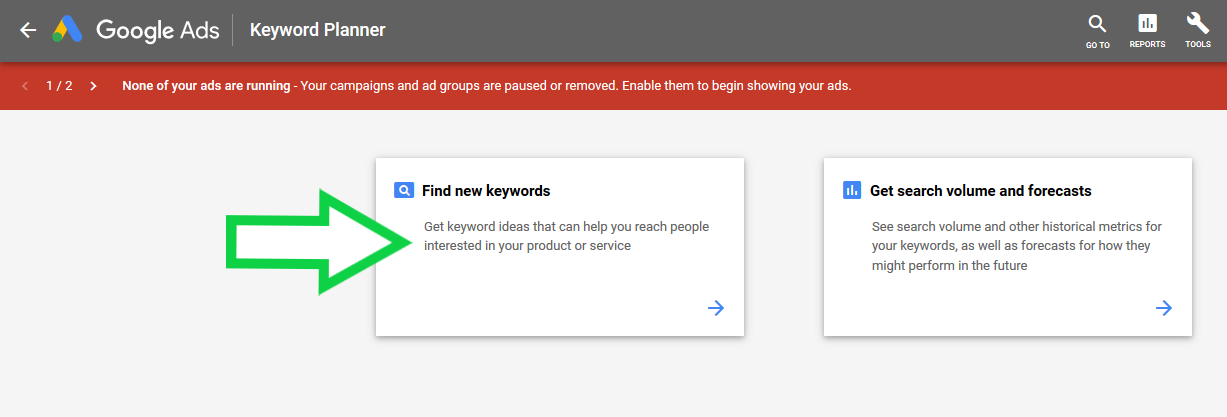
Use the Find new keywords function. The other one is only useful if you really wanna start an ad campaign with Google.
You’ll get your basic set of data, that’s the average monthly search and competition for your keywords.
In the long list of keywords generated, you’ll want to pick out those that has a high average monthly search, low competition and most importantly can fit naturally and nicely into your niche.
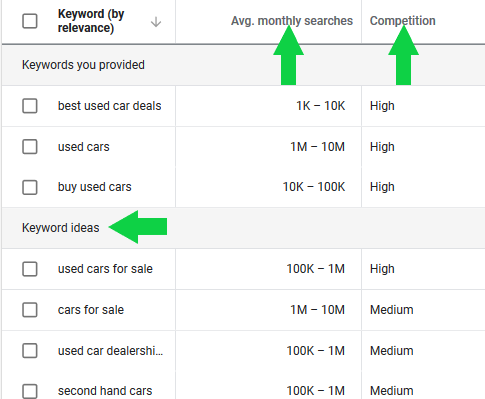
You’ll also get a bunch of other suggestions that are closely related to your keywords.
Do keep in mind that the data is actually tailored for advertising, so use it as a rough guide, not something definite.
An SEO suite at its best, BiQ’s Keyword Intelligence is one of the most convinient keyword research tools out there.

Just a quick search and you can get an overview of the total related keywords and total search volume for the topic, as well as filter down the search intents and a quick view of monthly search trends.
However, for more in-depth search trends, still we recommend using Google free service: Google trends.
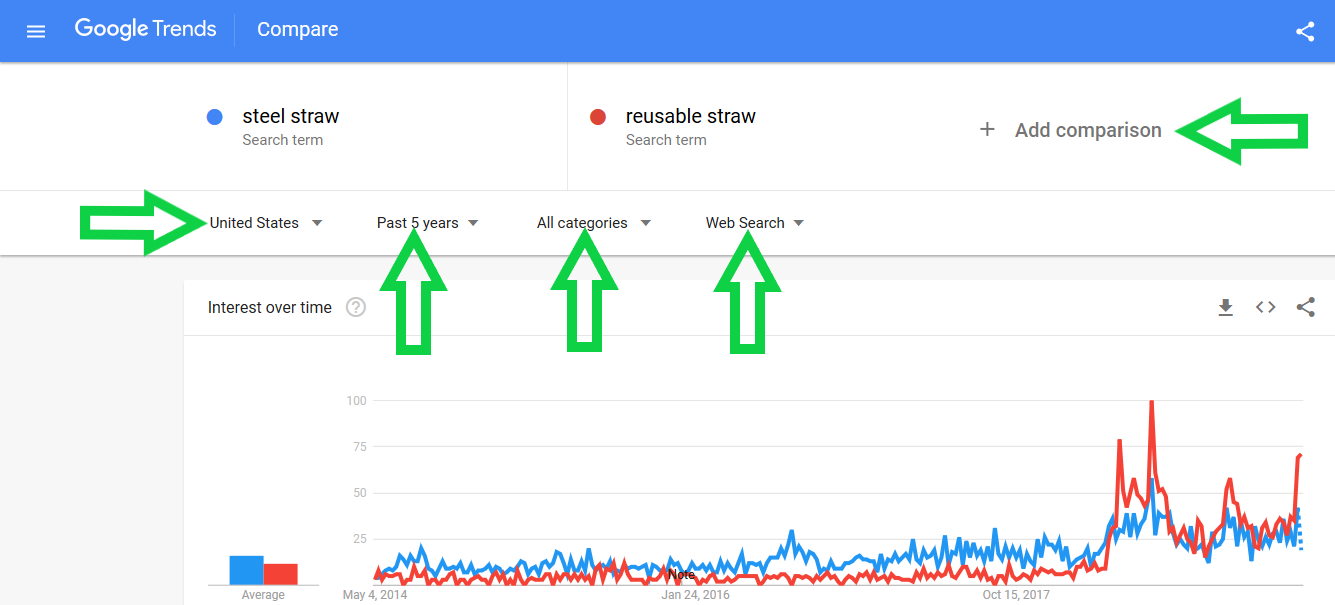
It’s a very useful tool to get an idea of how popular a certain search term is.
They can get more details on the data by selecting different filters such as country, duration, categories, and search category.
You can also search for and compare similar keywords by adding a comparison.
Obviously, what you’re looking for is something with a consistent or growing interest from the public.
How can you know what topics people actually want to read? Well, by checking what is already ranking for your keyword!
Google ranks your web pages based on what they think people want to read, and you stay on your rank when people DO read it.

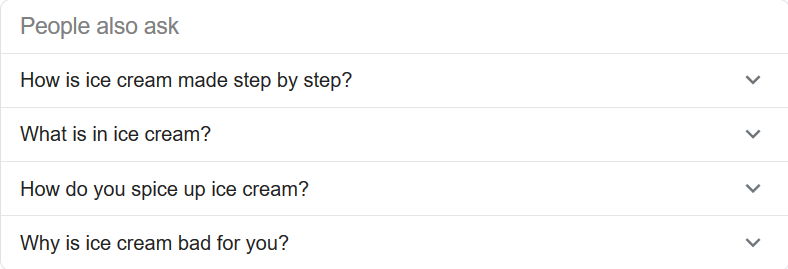
You can also get content ideas from Quora and QuestionDB, which gives you questions people are asking on the Web.
While QuestionDB source questions from Reddit and give you ideas, Quora gives you both content ideas and input from other individuals.

Make good use of a headline, subtitles, headings, lists, bolds, and italics.
Write in short paragraphs. And get your points across in a swift and clear way.
Admit it, we’re living in a generation of fast-food esque information overbloom and attention is the scarce currency.
It is not enough that you have good content, you need good content that is highly readable.
Try to start each point of your content with a heading, give them subheadings if necessary.
Use a list when applicable, because not only your reader, Google loves list too.
Now, take a look at these 2 examples below.
The first one,
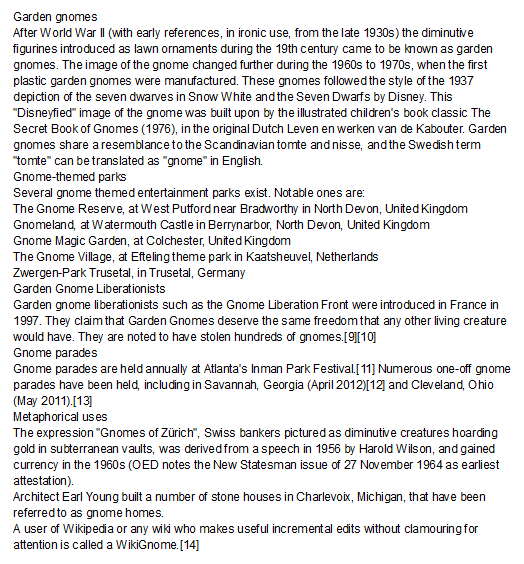
And the second one,
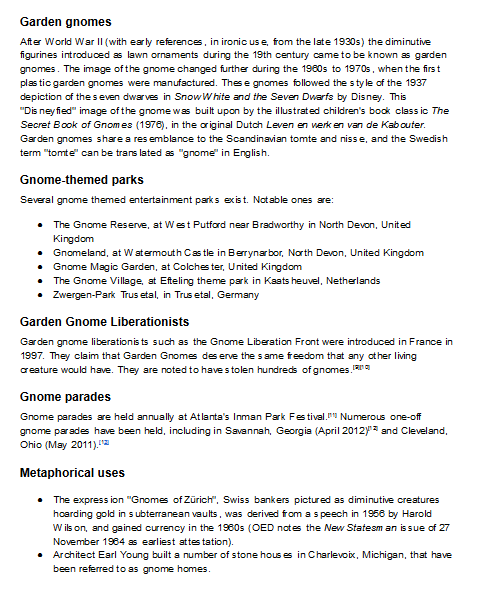
Which one do you prefer? The second one right?
These are actually the same text, presented in a different styling. The first one is just a slab of words all squished together while the second one made some visible effort to make it easy on the eye and much more readable.
Now, which one do you think the search engine prefer?
Just like human readers, the search engine actually prefers a text that is easy to read, which is the second one.
Like human readers, Google loves lists.
As evident as the many lists they feature for the many queries.
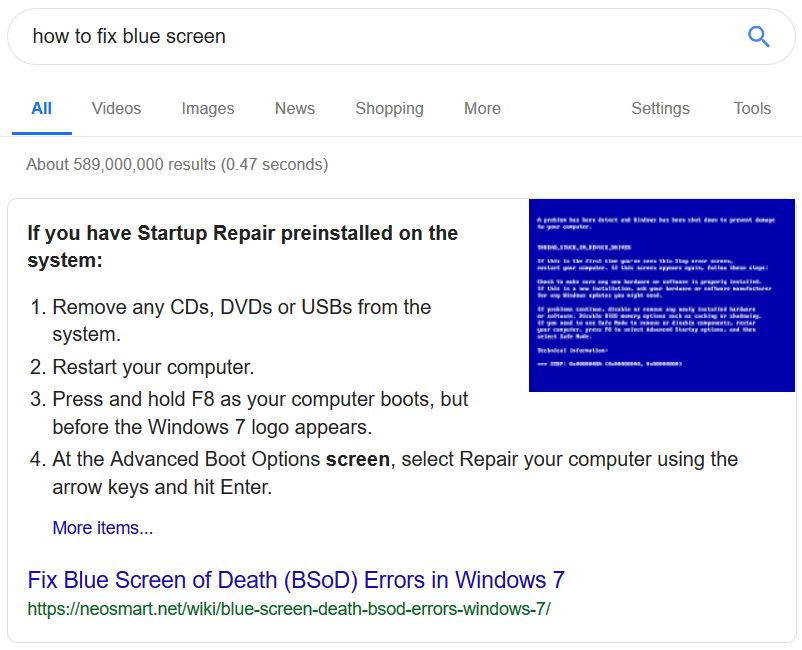
One thing we can tell for sure is that Google likes it when they can fit a small part of your content that perfectly answers the search inquiry right on top of the search result.
That is prime real estate on the Google search page.
They call it featured snippets and if you can get one, you will be getting a 20% to 30% increase in visitors. Which is a lot.
So try to include lists when possible and try to have a compact paragraph to showcase your main idea to make it more Google-friendly.
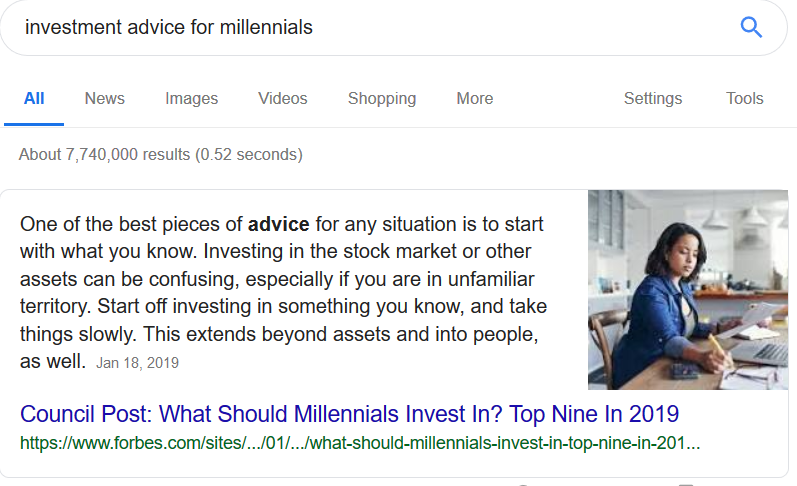
Here’s a couple of HTML codes that you can use to tell Google explicitly that this is a heading or that is a list.

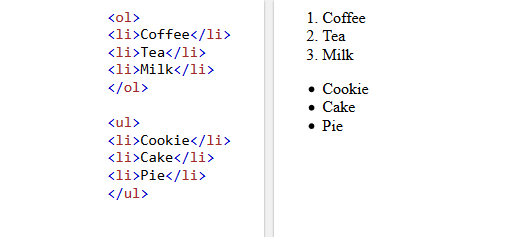
Based on a study conducted by cognitive SEO, they found out that all of the web pages ranking from 1 to 10 are at least 1000 words.
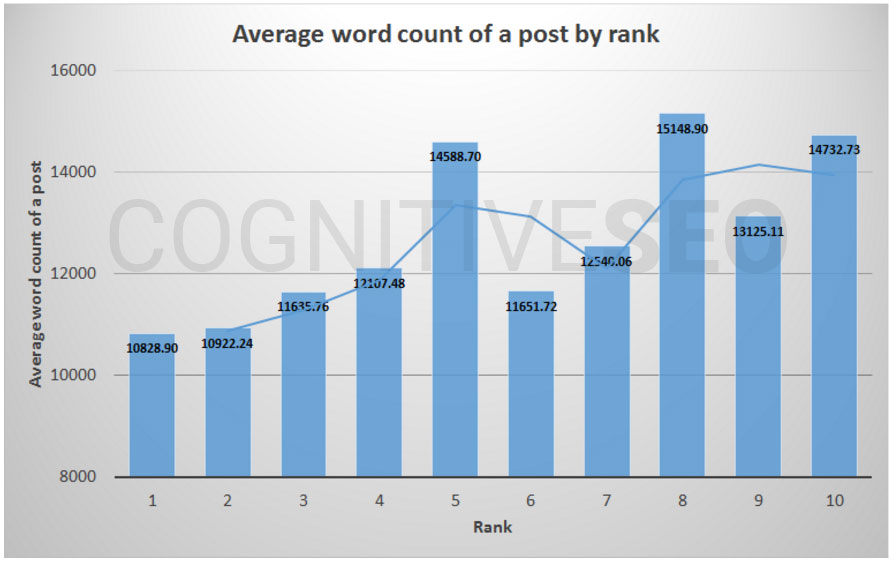
That means longer content is actually preferred.
And it’s easy to know why.
When content goes into the details of a topic or gives a wider picture of the topic from different angles, it is only natural that it becomes longer.
First, let’s try to understand why short content wins less favor from Google.
Back in the days, there are some bad apples that exploited and gamed Google using blackhat (non-ethical) tactics to rank nonsense content.
In order to curb those behaviors, Google rolled out the Panda update to target pages that they deemed as thin content.
What is considered thin content?
Pages such as these are usually short and provide no value to the reader, which in turn will not be ranked high by Google.
That is why in order to write for SEO you need to avoid super short content.
You want to make sure to create meaty content that will be providing value to your readers.
At the end of the day, you’ll only stay up in the search ranking if readers actually want to read your content. So provide them with what they want and you’ll stand a better chance of getting a better ranking.
Google tends to like rank fresher contents better.
Imagine reading a magazine from the year 2007 and the year 2017, which will be more relevant? Must be the latter right?
This is the same with content on the web.
Up-to-date content should not be confused with topical, one-off viral topics or evergreen topics.
One-off topics are those that enjoy an explosive amount of attention for a short period of time and no more.
While up-to-date content can be applied for any topics.
You just need to make sure that the information or instructions you provided for a certain topic are the latest and most accurate ones.
If you’re recommending a diagnosis that is no longer usable, you are not providing any value for your readers.
If you have a piece of content that is doing pretty well, it may not continue to do so one year later.
Since there will be newer content discussing the same topic being published by someone else. And you may very well lose your ranking and visitors because they took yours.
In order to stay up to the game, revisit and update your published content yearly or every six months.
Examine any info or instructions that are outdated and don’t apply another then edit or replace them.
This is a better strategy than creating a new post with the same topic but with updated content.
If you do that, you risk creating too many pages talking about almost the same thing. On the other hand, you’re also competing with yourself over the same keywords.
So try to do a content spring cleaning.
Writing for SEO in 2022 is more about planning on how to make the most use out of all the available tools to create the best content for your readers instead of sprinkling technical tricks to game the system.
With the search results getting more and more dynamic and personalized day by day, your best bet lies in pleasing your readers.
So keep in mind that writing for SEO is really just writing for your readers while making it easily understandable by Google.
Updated: 29 December 2025


Save thousands of dollars (it’s 100x cheaper)

Zero risk of Google penalty (it’s Google-approved)

Boost your rankings (proven by case studies)
Rank High With This Link Strategy
Precise, Simplified, Fast Internal Linking.
